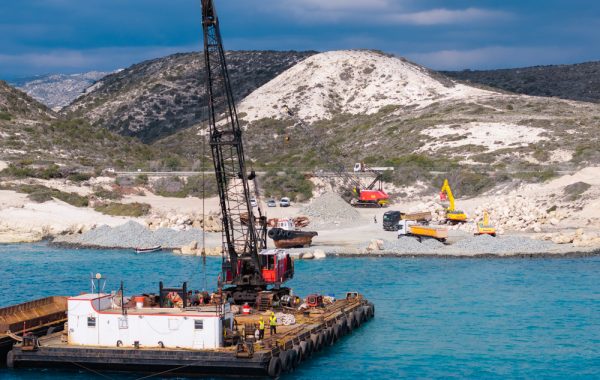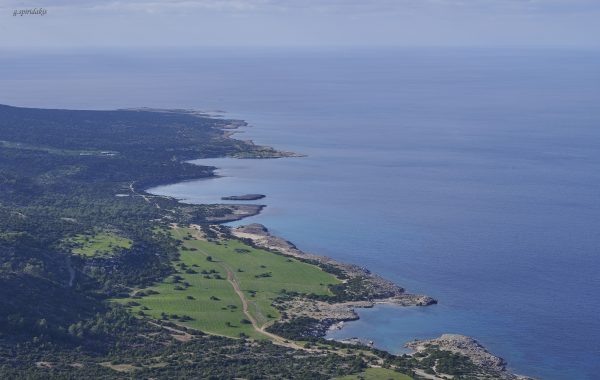Spring is in full swing! Birds are boasting their strength and vitality to potential mates through songs and brightly-coloured plumages, while flowers and trees are blooming and their sweet scent travels in the air… And there is a prominent bright yellow colour surrounding us this time of year, that of daisies, mustard flowers and …acacias!
When acacias bloom they give colour wherever they are, from the sides of the highways to national parks, with their cute round blossoms and their delicate scent. However, acacia is not as innocent as it looks… In Cyprus, acacia (Acacia saligna) is an invasive alien species. What does this mean? It doesn’t belong to the natural flora of Cyprus (the acacia is an Australian species) and it grows at the expense of native vegetation, taking over and degrading the local ecosystem.
How does it do that? The acacia grows faster and taller than other plants, it changes the local conditions by creating shade for other species, and its foliage on the ground creates a barrier that prevents contact between the soil and seeds of native vegetation. Nature is fascinating, and it can also be cruel, more so when the victims of a threat like the acacia (an alien invasive species) that doesn’t belong to the local ecosystem, have no way to defend themselves to survive…
What’s it doing here if it’s an Australian species? Acacia was planted on our island widely and intensively in previous decades, in an attempt to make the Cypriot landscape greener. As a result, today we find acacias almost everywhere, with the scale of the problem highlighted in spring when their presence becomes more prominent through their yellow flowers.
How can acacias be such a big problem, they’re trees too? Acacia has a negative impact on ecosystem services, and specifically in regards to water, as it stops the recharge of groundwater. This reduces the amount of water available for agriculture, industry and other uses. Another important threat is that they increase the fire intensity and frequency under extreme climatic conditions. Furthermore, the presence of acacia in Cyprus has a negative impact on biodiversity, in particular in areas with sand dune ecosystems, riparian wetlands and salt marshes, like the Larnaca and Akrotiri Salt Lakes, where it threatens several red listed plant species. With the negative impacts of acacia not limited to these, it is considered amongst the most problematic invasive alien plants in Cyprus. What’s more, acacias are being illegally planted and watered by trappers with the sole purpose of attracting and trapping birds.
As with every part of nature, it is highly fascinating to learn more about a species, how every little characteristic has a reason and serves a purpose, and the relationships and dynamics between different species. If the acacia had charmed you, we have alternative proposals for you, if or when you would like to plant, that are good for wildlife and that are drought tolerant, such as the Carob Tree and the Lentisk. If nothing else, consider this as an invitation to learn more about the nature that surrounds you and we promise you will be inspired.




